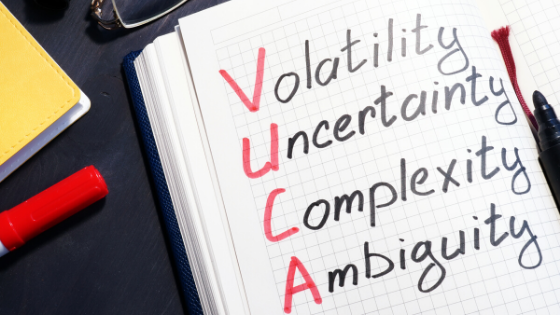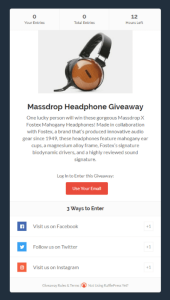
Canva.com
“Don’t raise capital now.” That is what a speaker said the other day on one of the many great webinars our industry has rushed to produce in hopes of providing support and guidance to our brands. On the surface, it is sound logic. In reality, however, many brands just don’t have that luxury. They need it to survive.
If you need money now, what do you do? First, take advantage of the new CARES act. Make certain to understand fully what it means for your business. Next, determine what you need to survive for the next 6 to 9 months focusing on being as capital efficient as possible. This may require making some hard decisions about the outlets you support, your team, the speed of your growth, even your channel strategy. You can explore alternative debt funding options. But please, be careful not to risk your financial future. Avoid home equity loans or predatory lenders. It is better to live to fight another day than to go down with the ship.
When you’ve done all of the above and you’re left with a number that is needed to bridge the next 6 to 9 months, it is time to raise an apocalypse round. Using a bit of bad humor here, but there is uncertainty in the market. If you are going to successfully raise money, you need to accept that there will be a premium attached to that uncertainty. If there is not, an investor is likely to stay on the sideline waiting until things normalize a bit. That is time you cannot afford.
Most of you reading this will be raising capital via a convertible note or a SAFE. An apocalypse round is one where you raise as little money as you can get by with under terms that excite and entice wary investors.
You’ll need to consider decreasing your value cap and increasing both your discount and interest percentage. You might need to offer other incentives as well, such as follow-on rights. The key is to be creative while remaining aware of any unintended consequences to prior or for future rounds. Investigate non-dilutive investment vehicles as well. This could be a royalty arrangement where you pay the investor a rate per unit sold until you exceed the initial principal by some multiple. For example, $ 0.05 per unit until you return 3X the principal.
I asked Chuck Cotter of Holland and Hart for his thoughts. Chuck sees hundreds of deals per year from both the brand and fund side. He said, “If you’re raising a small amount, moving the valuation (or valuation cap) meaningfully may not have a big impact. If you don’t survive, the marginal equity isn’t worth anything anyway. So, if you’re in a position where you must raise it when capital isn’t readily available, be prepared to provide more upside.”
We are in a period of uncertainty and that increases the perceived risk. If you need capital, then your job is to make the upside more attractive to the investor than the risk working as its counterweight. It won’t be easy. It will take more time than you’ll want. But it can be done, and the more creative and aggressive you are with the terms the more likely it will happen in your timeframe. So, raise capital now if you must. You’ll just need to approach it as an apocalypse round.
Business & Finance Articles on Business 2 Community
(51)









